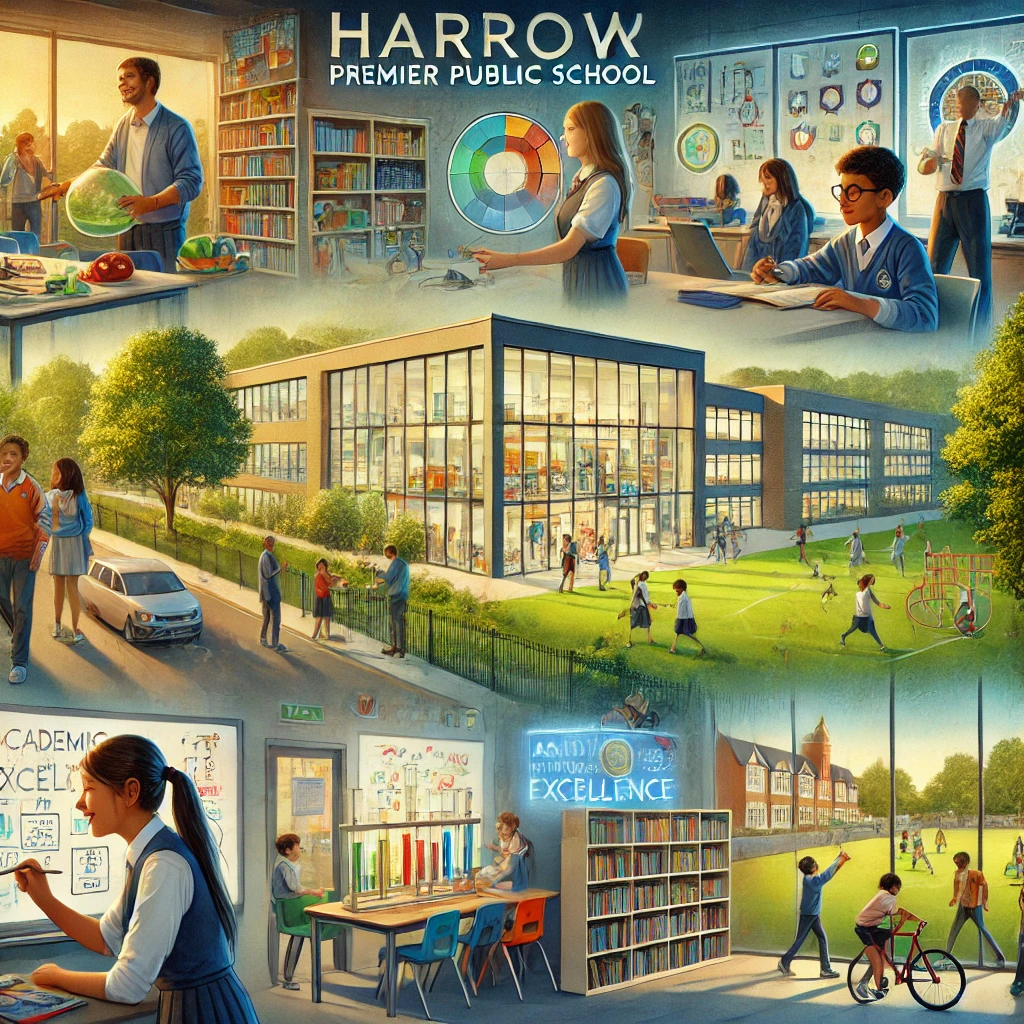Traditional Schooling: A Time-Tested Approach to Education
Traditional schooling has long been the cornerstone of education, providing structured learning environments where students engage in face-to-face instruction, social interaction, and extracurricular activities. While online schooling and homeschooling have gained popularity in recent years, traditional schools continue to play a pivotal role in shaping young minds. In this article, we will explore the benefits and challenges of traditional schooling and compare it with online and homeschooling to understand the unique advantages each approach offers.
The Strengths of Traditional Schooling
- Structured Learning Environment:
- Traditional schools offer a highly structured environment with fixed schedules, classrooms, and timetables. This structure helps instill discipline and time management skills in students, preparing them for future professional and academic pursuits.
- Social Interaction:
- One of the most significant advantages of traditional schooling is the opportunity for social interaction. Students engage with peers, participate in group activities, and develop essential social skills. These interactions help build teamwork, communication, and conflict-resolution abilities.
- Extracurricular Activities:
- Traditional schools provide a wide range of extracurricular activities, including sports, music, drama, and clubs. These activities allow students to explore their interests, develop new skills, and foster a well-rounded education.
- Access to Resources:
- Traditional schools typically offer access to various educational resources, including libraries, science labs, sports facilities, and specialized teachers. These resources enhance the learning experience and provide students with hands-on opportunities to apply their knowledge.
- Professional Guidance:
- Teachers and school counselors in traditional schools offer professional guidance and support. They play a crucial role in identifying students’ strengths and weaknesses, providing personalized feedback, and guiding their academic and personal development.
Comparing Traditional Schooling with Online Schooling
Flexibility and Accessibility:
- Online schooling provides flexibility in terms of time and location, allowing students to learn at their own pace and from anywhere with an internet connection. Traditional schooling, on the other hand, follows a fixed schedule and requires physical attendance, which may be less accommodating for students with unique needs or circumstances.
Personalized Learning:
- Online schooling often utilizes adaptive learning technologies to personalize the educational experience. This customization can cater to individual learning styles and paces. Traditional schooling, while offering some level of personalization through differentiated instruction, generally follows a one-size-fits-all approach due to classroom constraints.
Social Interaction and Community:
- Traditional schooling excels in providing social interaction and a sense of community. Students engage in face-to-face interactions, participate in group activities, and form lasting friendships. Online schooling can be isolating, though it tries to mitigate this through virtual meetups and collaborative projects.
Extracurricular Opportunities:
- Traditional schools offer a wide array of extracurricular activities that are often difficult to replicate online. While online schools may provide virtual clubs and activities, the hands-on experience of participating in sports, music, and arts in a traditional school setting is unmatched.
Comparing Traditional Schooling with Homeschooling
Customization and Flexibility:
- Homeschooling offers a high degree of customization and flexibility, allowing parents to tailor the curriculum to their child’s specific needs, interests, and learning pace. Traditional schooling follows a standardized curriculum and schedule, which may not suit every child’s unique learning style.
Parental Involvement:
- Homeschooling requires significant parental involvement in planning, teaching, and monitoring progress. This can be beneficial for students who need individualized attention but may be challenging for parents balancing other responsibilities. Traditional schools provide professional educators, reducing the direct instructional burden on parents.
Resource Availability:
- Traditional schools have access to extensive resources such as libraries, labs, and specialized teachers. Homeschooling families may need to seek out or invest in additional resources to provide a comprehensive education.
Socialization:
- Socialization is a critical difference between homeschooling and traditional schooling. Traditional schools offer daily social interaction with peers, whereas homeschooling may require parents to actively seek social opportunities through co-ops, clubs, and community activities.
Conclusion
Traditional schooling remains a foundational approach to education, offering structured learning environments, social interaction, and access to diverse resources and extracurricular activities. While online schooling and homeschooling present viable alternatives with their unique advantages, traditional schools continue to play a vital role in the educational landscape. By understanding the strengths and challenges of each method, parents and educators can make informed decisions that best support the needs and goals of their students. Ultimately, the goal is to provide a well-rounded education that prepares children for the complexities of the modern world.
To read more articles like this, visit: Regent Studies


